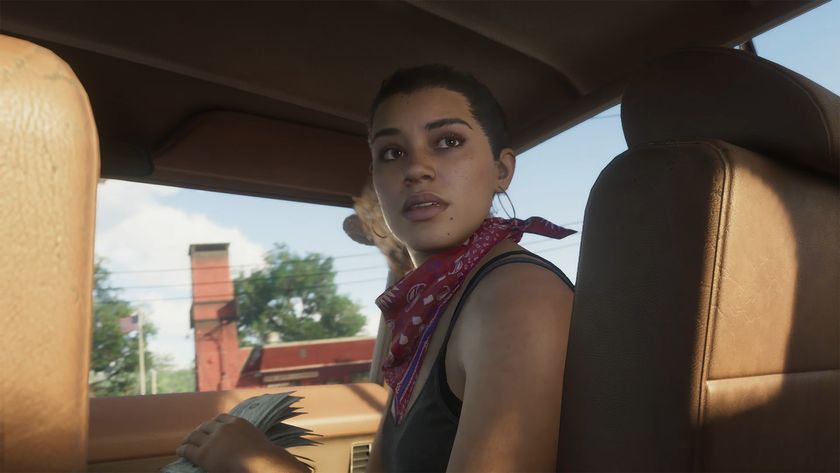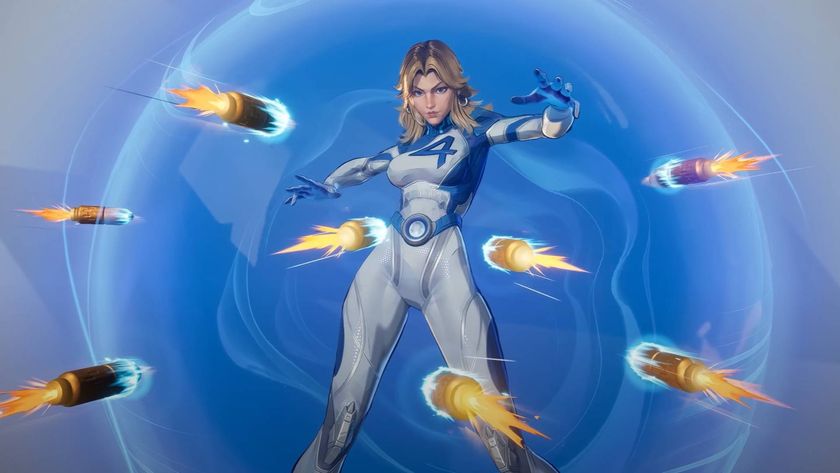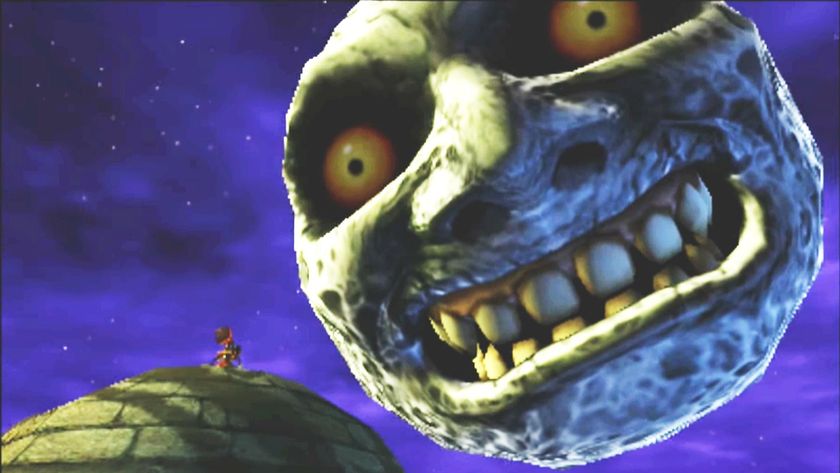10 problems anyone who owned a PS3 will understand
Inferior third-party ports, that infamous 'network outage' and the thrill of buying virtual designer furniture in PS Home
Given where the PlayStation 3 ended up, with global sales of 80 million and an exceptional games library, it’s hard to remember just how bad things were at the beginning. When the PlayStation 4 arrived in 2013, its predecessor was still pumping out brilliant exclusives but it took a whole long time for the likes of The Last of Us, Yakuza 4, and Ratchet and Clank: A Crack in Time to start showing up on Sony’s famously developer-unfriendly machine. Even by the end, when PS3 finally passed Xbox 360 in global sales and had earned the respect of the gaming world, it still wasn’t a perfect machine. Any PS3 owner knows about these ten issues especially well, including PlayStation creator Ken Kutaragi's famous assertion that the PS3 might be expensive, but people would 'work more hours' to buy one.
Interminably long install times

Many PS3 games, especially cross-platform games, required mandatory data installations that could be dozens of gigs in size. It didn’t matter that a Blu-ray was in the drive; you had to wait as much as half an hour for many games to even boot after popping it in. Developers and publishers weren’t always sympathetic either. Capcom told Devil May Cry 4 players to “go make a sandwich” while waiting for that game’s 21-minute installation to finish. You go make a sandwich, PS3!
Inferior versions of cross-platform games

The tables turned during the Xbox One and PlayStation 4 era, with many cross-platform games boasting nominally better framerates and resolutions on Sony’s machine. That was not the case back on Xbox 360 and PS3. The disparity between versions could be dramatic sometimes. Bayonetta was a colorful, fluid action game on Xbox 360. On PlayStation 3 it looked like a muddy, sluggish imitation of the real thing. It wasn’t always that bad, and sometimes the PS3 even got superior versions like Portal 2, which had cross play between PS3 and PC players. Of course that was after The Orange Box, the package with the original Portal, barely ran on PS3 at all without constantly crashing back in ‘07. Skyrim’s dragons flew backwards. BACKWARDS!
Vanishing backwards compatibility
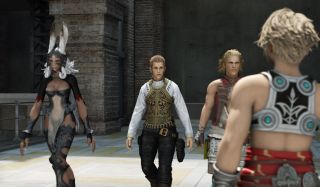
For people that love old games, the promise of the PS3 was remarkable at launch: it could run PS2 and PS1 games with improved load times and even graphical smoothing after a couple of firmware updates. Did it look perfect? Hell no, but it could run everything just right since the actual PS2 CPU and GPU were in the first version of the PS3. Of course those components added to its monumental price tag, and they were inevitably axed as Sony rushed to cut the console’s cost over the first few years of the PS3’s life. First came the cheaper PS3 that opted for software emulation for PS2 which could only run some of that console’s library. When the PS3 Slim rolled around in 2009, it cut PS2 compatibility entirely opting instead to sell downloadable versions of some of its library. Sure it had exclusives like Uncharted 2 by then but what if you wanted to play Final Fantasy 12 in 480p, Sony? WHAT THEN?!
Those damn squishy L2 and R2 buttons
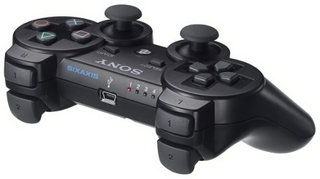
The Dualshock 4 is a wonderful controller thanks in part to its fat, comfortably concave L2 and R2 buttons. It just feels good in the hand. So too did the original Dualshock and its legendary successor Dualshock 2, which may not have had concave buttons but they were comfortable and had analog input (i.e. you could press them hard or soft and have different responses.) Dualshock 3 had analog buttons as well, but those L2 and R2 buttons also felt like something was broken. The smooth, bulbous triggers jutted out of the controller and felt nastily soft like a loose tooth. Think we’re exaggerating? Then why is there still a whole market of covers for them to give them a shape more like those on the Dualshock 4?
Forced Sixaxis functionality
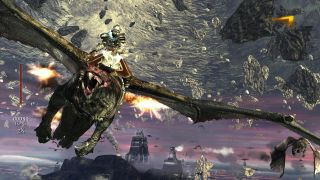
Squishy triggers or not, the Dualshock 3 was better than what the PS3 launched with. The Sixaxis looked like a PlayStation controller but it felt like a cheap piece of lightweight plastic that could have flown out of your hand. It wasn’t Boomerang Concept Controller bad, but it was close. The Sixaxis’ raison d’etre was motion control, a replacement for the rumble technology Sony had been sued for infringing on. In the land of motion control, where almost nothing feels precise, the Sixaxis was especially bad and Sony had a habit of mandating its inclusion in certain games. Not just abominations like the dragon-riding shooter Lair either. The original Uncharted made you twirl the damn thing around to keep Nate Drake balanced crossing logs. Because that’s what everyone wants to do in the middle of a grand adventure: wrestle cheap-feeling technology because of ongoing litigation.
PS Home creeps

PlayStation Home is a relic of a very specific moment in technological history. Back in the day, books like Snowcrash envisioned social networks as virtual spaces where people would live fantastic versions of their regular lives; digital avatars living in digital houses doing crazy digital stuff. For a moment, with the emergence of MMOs and Second Life it looked like that might happen. PS3 arrived right as computing technology made spaces like these feasible but also as the reality of social networks like MySpace, Twitter, and Facebook were setting in. The virtual space could exist, but people wanted to socialize with bursts of text, pictures, and video that was easy to use. So Sony’s take on a Second Life style social network, PS Home, became like a weird technological, cultural biodome. It made money. It was also super weird in there, with anyone appearing with a female avatar almost immediately getting verbally or physically (in the form of avatar dance no less) accosted. The market for paid goods in Home came to reflect this hypersexual atmosphere. People could spend real world monies on imaginary, golden sexbots. PS Home was a weird place.
Sign up to the 12DOVE Newsletter
Weekly digests, tales from the communities you love, and more
Exciting exclusives are announced and then never come to the console
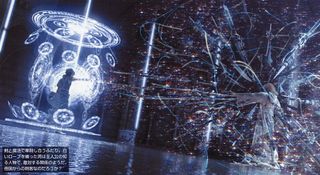
PlayStation 3 game development was expensive and difficult. That’s in part why some of its most promising games never even came to the machine after they were announced. Final Fantasy Versus 13 was announced as a PS3 exclusive in 2006; The Last Guardian was revealed for PS3 at E3 2009; Koei Tecmo’s Nioh was announced as a PS3 exclusive even before Sony had publicly revealed the console, all the way back in 2004! All of those games eventually came out in late 2016 and early 2017… as PS4 exclusives. At least they actually got released, though. Others like Rockstar’s Agent and SCE’s 8 Days got big public showings before disappearing forever.
No controller charging in standby mode
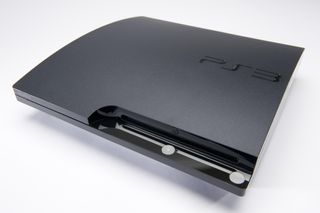
The final entry in the trio of PS3 controller-related woes! The Sixaxis and Dualshock 3 finally brought wireless controllers to the PlayStation world. Great. Super. Those controllers will only charge when connected to the PS3 via USB and the dang console is turned on, thus cutting into the convenience offered by wireless controllers. Compounding the problem was the painfully short USB charging cable that came with the console proper. So if you wanted to play a game for a healthy chunk of time, there was a good chance you’d have to sit on the floor in front of your TV, controller plugged into the USB port, just inches away from the screen like a kid plopped in front of an Atari. Less than ideal.
That abysmal curved surface
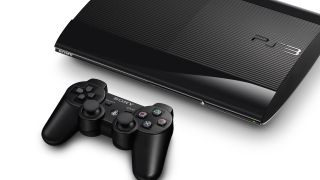
The PS3 went through three major revisions over ten years, losing key features like backwards compatibility along the way but making a plethora of welcome changes as well. The PS3 Slim is still a gorgeous, compact machine and the 2012 PS3 Super Slim, while feeling a bit cheap feeling compared to the Slim, is priced right and far more durable than the heavy, fragile original. All three, though, are a nightmare for any organized entertainment center thanks to Sony’s insistence on a curved surface. Want to slot the PS3 into a tight nook on your TV stand? Stack games on top of it, which shouldn’t be problem because its heat vents are on the side? Too bad, son!
The impossibility of backwards compatibility for PS3 games on future PlayStation consoles
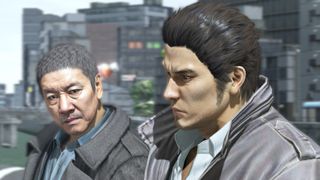
This is the one that stings the most. The PlayStation 3’s unique architecture, a multi-core processor called Cell, was powerful but is especially incompatible with PC architecture. As a result, even creating an emulation environment to run PS3 games as Xbox One does with Xbox 360 games is incredibly difficult if not impossible. This means that dozens of excellent PS3 exclusives, from hits like LittleBigPlanet to fascinating obscurities like Folklore, are doomed to remain trapped on their Blu-ray discs. There are ways to play PS3 games on PS4 and PC but streaming service through PS Now is spotty at best and unplayable on more internet connections. Sadly PS3 grew into an amazing console with an amazing library, but its trapped in time for the foreseeable future.
For more PS3 nostalgia, check your cupboards for these most valuable PS3 games.
Most Popular





